Rosetta's comet looks weird in decade-old Hubble model
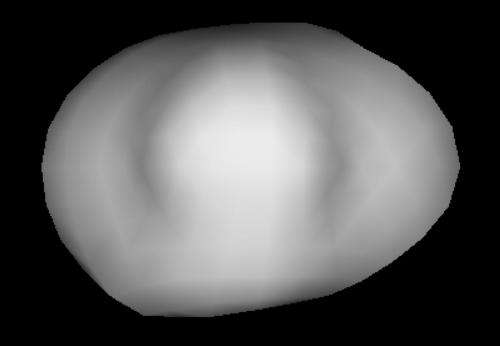
Okay, let's take a deep breath about Rosetta and remember just how far we've come since the mission arrived at its target comet in August. Lately we've been focused on reporting on the Philae landing, but remember how we barely knew how the comet looked until this summer? How much of a surprise the rubber duckie shape was to us?
This Hubble Space Telescope model from 2003 shows us why. From afar, Comet 67P/Churyumov-Gerasimenko is a tiny object to image, even for the NASA probe's powerful lens. Back then, the telescope was tasked with examining the comet to look at its size and shape to better design the Philae lander spacecraft. And the model reveals no duckie; it looks more like a sombrero from some angles.
The main concern of scientists back then was redirecting Rosetta to a new target when its original comet (46P/Wirtanen) fell out of reach due to a launch delay. 67P was bigger and had a higher gravity, requiring scientists to make adjustments to Philae before landing, according to the release. So Hubble sprung into action to look at 67P. Below are the release images from that time.
And here's a fun quote from 2003 that finally came last Wednesday, when Philae touched down for its (sadly brief, so far) mission on the comet: "Although 67P/C-G is roughly three times larger than the original Rosetta target, its elongated shape should make landing on its nucleus feasible, now that measures are in place to adapt the lander package to the new configuration before next year's launch," stated Philippe Lamy of the Space Astronomy Laboratory (Laboratoire d'Astronomie Spatiale) in France.
We've sure come a long way since then. Below are some of the pictures Rosetta caught of 67P as it made its approach to its target this year, after a decade flying through space. While Philae is in what could be permanent hibernation, Rosetta is orbiting, working well and expected to keep up observations when the comet draws closer to the sun in 2015.
-
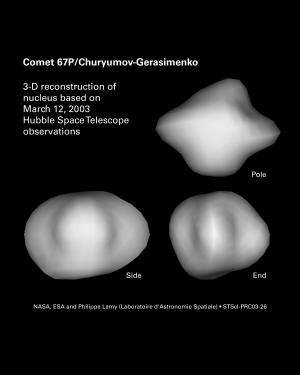
A 2003 illustration of Comet 67P/Churyumov-Gerasimenko based on Hubble Space Telescope observations. Credit: NASA, ESA and Philippe Lamy (Laboratoire d’Astronomie Spatiale) -
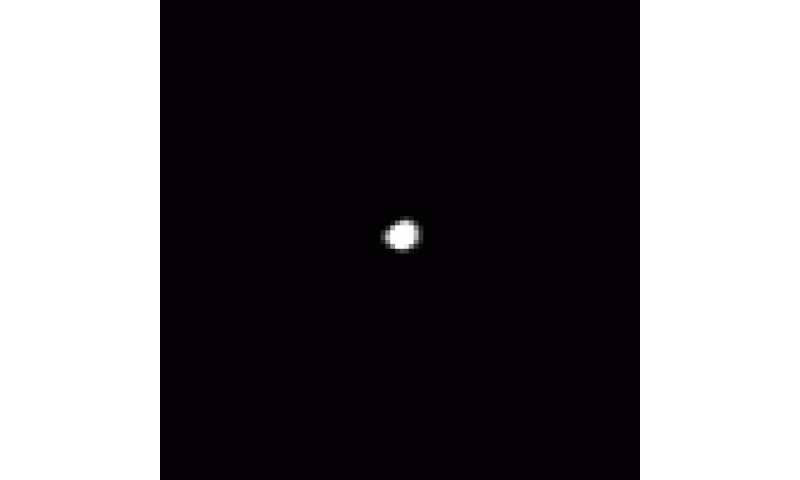
Animation of Comet 67P/Churyumov-Gerasimenko as seen by Rosetta on June 27-28, 2014 -
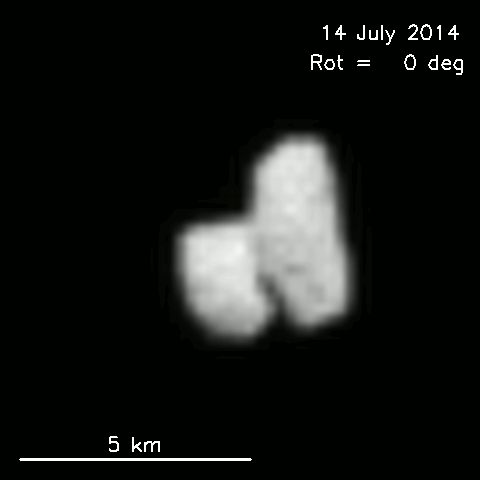
Comet 67P/C-G photographed on July 14, 2014 from a distance of approximately 12 000 km. Credit: ESA/Rosetta/MPS for OSIRIS Team MPS/UPD/LAM/IAA/SSO/INTA/UPM/DASP/IDA -
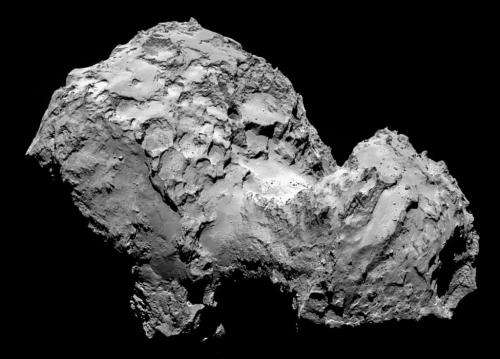
Photo of Comet 67P/C-G taken by Rosetta on August 6, 2014. Credit: ESA
Source: Universe Today





















